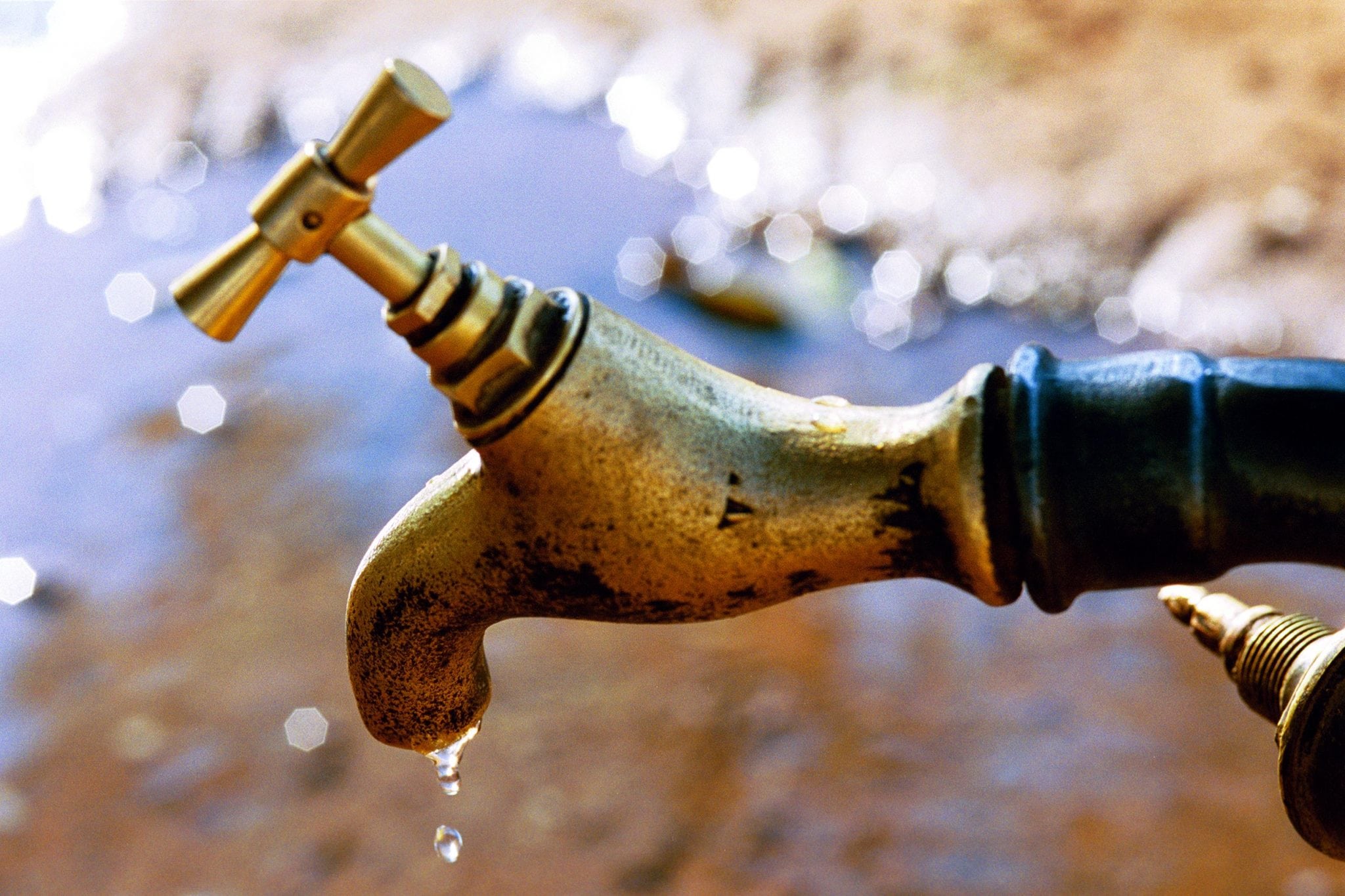 Sasha Kramer’s enthusiasm for recycling poop is contagious. After hearing from her, it’s not hard to imagine the need to give your indoor bathroom a Stone-Age renovation. She developed EcoSan latrines that store human waste in removable 15-gallon drums for composting. Toilets that transform waste into compost are the key to healthy soils and sustainable living, Kramer says. In that case, maybe everyone’s toilet should be a modified pit latrine?
Sasha Kramer’s enthusiasm for recycling poop is contagious. After hearing from her, it’s not hard to imagine the need to give your indoor bathroom a Stone-Age renovation. She developed EcoSan latrines that store human waste in removable 15-gallon drums for composting. Toilets that transform waste into compost are the key to healthy soils and sustainable living, Kramer says. In that case, maybe everyone’s toilet should be a modified pit latrine?
Another key to sustainability is sanitation itself. Kramer promotes both, taking her message of back-end recycling (get it?) to camps and communities in Haiti that have no waste treatment systems in place at all. To carry out the work, Kramer co-founded the non-profit organization SOIL, Sustainable Organic Integrated Livelihoods. SOIL and its partners build and manage latrines, compost centers and vegetable gardens and they hold sanitation workshops in Port au Prince. For more on their important work, please see this video from Al Jazeera news.
Kramer’s interests don’t end at poop, of course. She holds a doctorate in Ecology from Stanford University, and she’s an adjunct professor of International Studies and a Visiting Scholar at the Center for Latin American Studies at the University of Miami. She also co-founded SOL, Sosyete Oganize pou Lanati, a Haitian non-profit advocate for environmental justice and ecologically sound development. We asked her five questions.
E4C: What is one thing that a lot of us don’t know, but should know about poop?
SK: Everyone knows that poop smells bad and can make you sick but what few people think about is that poop can also be an invaluable resource, both from both public health and environmental perspectives. An adult will excrete most of the nutrients that we eat back into the environment in our poop and pee. These nutrients are critical for plant growth and soil restoration. If treated properly, poop can be transformed from a pathogenic and smelly mess that causes illness and environmental degradation, into a rich fertile soil that can be used to grow more food.
E4C: What is one of the promising trends that you see in sanitation in Haiti and other developing countries
SK: Haiti’s government sanitation program is very young, with the sanitation directorate only being formally established in 2011, but already one of the four pillars of their national strategy is the valorization of human waste. It is encouraging to see this objective incorporated into a national sanitation strategy early in its development.
Many countries are beginning to move in this direction but it is late in the game. Changes to existing systems are so much more challenging then actually building sustainability criteria into the system from the get go. As Haiti’s first wastewater treatment system was constructed just last year, there is basically a clean slate for future sanitation developments and the inclusion of recycling wastes into the countries sanitation infrastructure will have a huge impact on Haiti’s soils.
E4C: In your work, what has been one of the most instructive mistakes that you’ve made, and what did you learn from it?
SK: One of my biggest mistakes came from being overly enthusiastic about poop. When SOIL first began working in Port au Prince we were so eager to demonstrate that poop can actually be a resource that we may have gone too far with our enthusiasm to the point where people were coming to the compost site to watch the dumping and hopping up on the edges of the compost bin to get a closer look. When the cholera epidemic broke out in Haiti in October 2010 we had to close down one of our compost sites because the community had become so comfortable with the process that people were no longer taking the appropriate precautions.
We are now much more cautious to present both the dangers and the potential benefits simultaneously so that people understand that in order to make human wastes safe they must first be transformed through a carefully controlled process. Poop is dangerous if not treated properly, but compost made from human wastes is an incredible resource. People have to be given credit for being able to understand the difference.
E4C: What do you think is a dead end in your field that some people just won’t let die?
SK: One of the benefits of coming into a field from an outside discipline (I am an ecologist working in a field traditionally dominated by engineers) is being able to provide a new perspective on practices that are rarely questioned from within the discipline. I have always felt that sewage discharge into oceans is a shortsighted approach to a problem with long-term implications. For over 100 years engineers have been designing deep-water sewage outfalls for urban wastewater with the idea that the dilution effect of the ocean will essentially treat the sewage, eliminating the public health risk and reducing the costs of sewage treatment. While this practice may be relatively safe from a public health perspective, it can never be considered sustainable from an ecological perspective. Nutrients in human wastes come from the food we eat, and are ultimately extracted from agricultural soils. If those nutrients are taken from the soil and not returned, soil fertility will progressively decline increasing malnutrition and reducing farmer income around the world.
Modern science has responded to this dilemma through the production and application of synthetic fertilizers, derived through an energy-intensive nitrogen fixation process called Haber Bosch. Although this process has been wildly successful for increasing agricultural outputs, it is highly dependent on inexpensive fossil fuels. In addition, the industrial fixation of nitrogen and subsequent discharge of that nitrogen into aquatic ecosystems has significantly shifted the nutrient balance of global ecosystems and we are only just beginning to understand the long-term consequences of these changes.
The long-term sustainability of sanitation technologies is going to require a shift in thinking. Instead of dealing with the problem by shunting it to another ecosystem we need to consider transforming wastes into resources so that they can be recycled into the ecosystem from which they were extracted.
E4C: Five years from now, what improvements would you like to see in the technology that you and the people you work with use?
SK: I am hoping that rigorous research initiatives will be able to keep up with implementation in the field of ecological sanitation. There is tremendous potential for the reuse of human wastes to positively impact both human health and the environment, but there are also great risks involved when implementation programs are rushed without proper research and development.
My hope for the next five years is that sanitation professionals will work closely with academic institutions to ensure that new technologies are adequately researched before being brought to scale. This is an issue in Haiti currently as large NGO’s are now taking an interest in ecological sanitation. Often, donor timelines require that projects be implemented on a large scale over a very short timeline and this can result in large-scale mistakes. Although SOIL is obviously supportive of ecological sanitation, we also work to encourage other organizations and government bodies to take the time to pilot new technologies in the communities where they are working before bringing them to scale to ensure that they are accepted by the community and safe for people and the environment.


What a fascinating discussion of the need to take an ecological perspective on sanitation. I am going to present this article to my public health classes as an example of how and why inter-disciplinary collaboration is a crucial process in addressing the complex global issues of the 21th century.